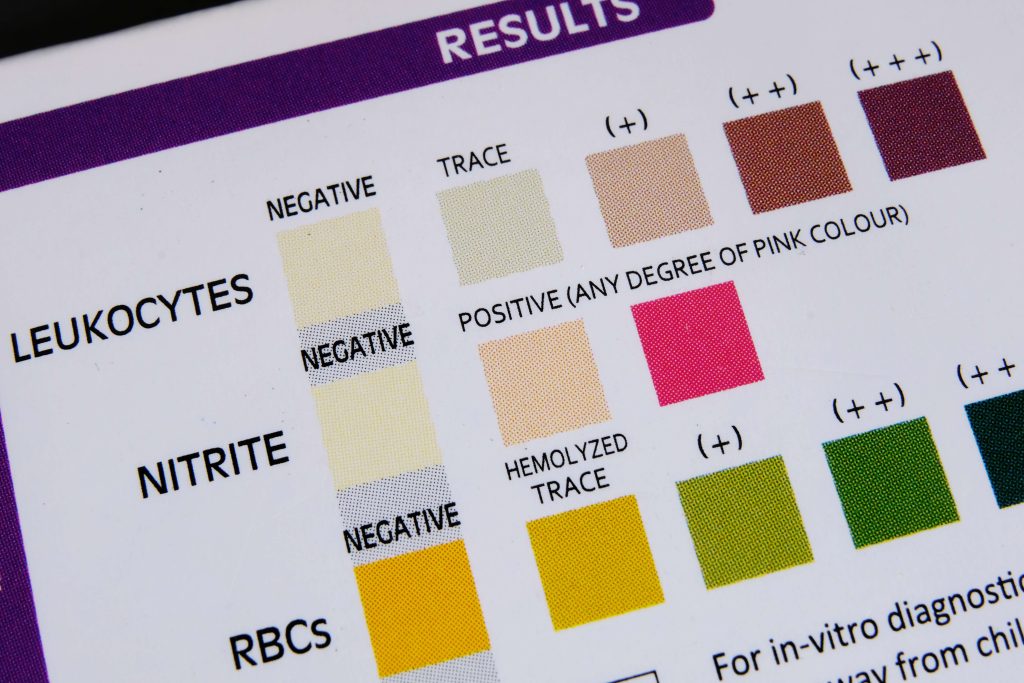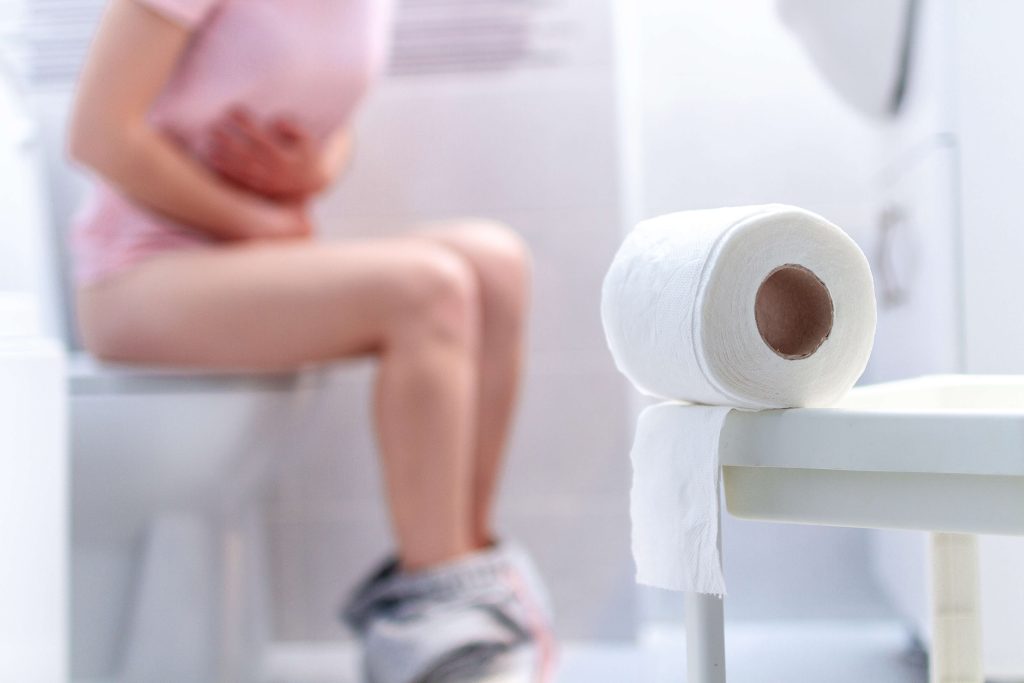We commonly see menopausal women who are having trouble with urinary symptoms such as urine infections or UTIs. They are very common – one in three women will have UTIs in menopause. There are several reasons why this happens and primarily it’s due to the lack of oestrogen, which occurs after the menopause. Oestrogen is very important for maintaining the volume and the elasticity of the vaginal tissues, the urethra and bladder.
The urethra is little tube connection between the bladder and the outside world, and it’s where urine exits the body. If the walls of the urethra become thinner, this can make it much easier for bacteria to invade the urethra and travel up to the bladder, causing a urine infection.
Vaginal dryness and UTIs
Lack of oestrogen can increase the risk of frequent UTI is because vaginal atrophy and reduced vaginal secretions. These vaginal secretions are protective against bugs getting up into the urethra. Vaginal secretions are also very important for maintaining the acidity level in the vagina and in a healthy vagina there should be a good level of lactobacillus – a ‘healthy’ form of bacteria – which is protective
Lack of oestrogen can reduce the amount of lactobacillus in the vagina, meaning that other bugs like E. coli, can increase in number, invading the bladder and causing a urine infection.
Oestrogen and the pelvic floor
Lack of oestrogen in the menopause can also reduce the tone of the pelvic floor muscles and the muscles surrounding the bladder. This means that when you empty your bladder, you may not empty it fully, leading to a residual amount of urine being left in the urine. This provides fertile ground for bacteria to multiply in, leading to an infection.
As we age, our immunity weakens a little, which can also increase the likelihood of developing infections.

Menopause UTI symptoms
UTIs don’t always look the same in menopause. Some women experience classic symptoms, while others may have more subtle signs. Here’s what to look for:
- Burning sensation when urinating
- Frequent urination, even if little urine comes out
- Urgency—feeling like you ‘have to go’ immediately
- Cloudy, strong-smelling, or bloody urine
- Pelvic pain or discomfort
- Lower back pain or pressure
- Fatigue or fever (if the infection spreads to the kidneys)
Why is my urine test (MSU) negative?
Some menopausal and postmenopausal women will ask me “why is it that I feel I’ve got symptoms of a urine infection, but actually the laboratory test keeps coming back as normal?”
There are a couple of reasons for this. Firstly, some urinary symptoms such as burning, stinging, or needing to go to the loo more frequently, can be caused by lack of oestrogen rather than an infection, similar so the urine may come back with ‘no growth’. The other possibility is that there is a very low-lying urine infection and when the laboratory tests the urine, it doesn’t reach a threshold considered high enough to trigger a ‘positive’ bacterial growth result. In other words, there is small amount of bacteria in the urine, enough to cause symptoms but not enough to show on a laboratory test.

How can I prevent UTI during menopause? What are the treatment options?
What can be done for menopausal women who are experiencing recurrent UTIs in menopause?
Keep Hydrated:
An important strategy is to make sure you’re having enough to drink throughout the day. Stating hydrated means you’ll be flushing any bacteria out of the bladder on a regular basis, as you will be regularly going for a wee.
Some women who have recurrent urinary tract infection find D-Mannose powder is helpful. You simply mix two teaspoons of the powder into a glass of water, and you drink the mixture twice a day. When you get a bacterial infection, the bacteria have little hooks, which they use to cling on to the bladder wall. D-Mannose works as a sugar coating to the inside of the bladder, effectively wrapping the bladder in cling film. D-Mannose coats the bladder wall, making it slippery, and bacteria are unable to take a hold on the bladder wall and are washed away.
Vaginal Oestrogen Therapy:
One of the most effective ways to prevent recurrent UTIs in menopause is by restoring local oestrogen levels. This can help to restore vaginal and urethral health, reducing vaginal dryness, thickening the urethral walls, increasing tissue elasticity, and repopulating healthy bacteria.
Vaginal oestrogen, aka ‘local oestrogen’ or ‘topical’ oestrogen is available in different formats.
Pessaries vaginal tablets
Vagifem® and Vagirux® are tiny pessaries that contain estradiol, and they are inserted into the vagina using an applicator. It’s typically administered every day (e.g. at night time) for two weeks, and then twice-weekly (ongoing) after that.
Imvaggis® is a slightly lower dose pessary and it also contains estradiol. It is waxy and melts in the vagina, which some women find moisturising, but it can seep out of the vagina, creating an oily discharge.
Oestrogen creams
These creams can be inserted into the vagina, and used on the vulval area, examples are Estriol 1% cream® (previously known as Ovestin® cream) contains 1mg/g of estriol and there is a lower-dose gel, called Bissel®, which contains 50mcg/g of estriol.
Most women, even if they had medical conditions will be able to use a topical form of oestrogen, but it’s important have a consultation with a menopause expert if you have had cancer before starting treatment.
Probiotics and Cranberry:
Some women find that probiotics (especially ones that contain lactobacillus) or cranberry tablets helpful, although research into their effectiveness is inconclusive.
Pelvic Floor Exercises (Kegels):
Can also help to strengthen your pelvic floor, ensuring better urine flow and reducing the risk of residual urine buildup. When urinating, take time to empty your bladder fully. Try the double voiding technique—urinate, pause for a moment, then try again. Always wipe from front to back to prevent bacteria from the anal area spreading to the urethra.
Sometimes menopause isn’t the cause of urinary and vulval problems
If you are suffering from vulval itching, or vulval irritation that’s not responding to oestrogen treatments, do book an appointment to see me. I regularly meet women who haven’t been fully assessed (and carefully examined) who turn out to have a condition such as lichen sclerosis, which can mimic menopausal vulval and urethral symptoms. This is important because it requires a completely different treatment approach. In other words, getting the diagnosis right from the outset is key.
Finally, if you do have symptoms of a urinary tract infection, it is important to book and appointment to discuss your problem, because there will be circumstances where it is helpful to have antibiotics, and some women may have an underlying health problem, such as diabetes.
Don’t suffer on with UTIs in menopause – book an appointment today.



